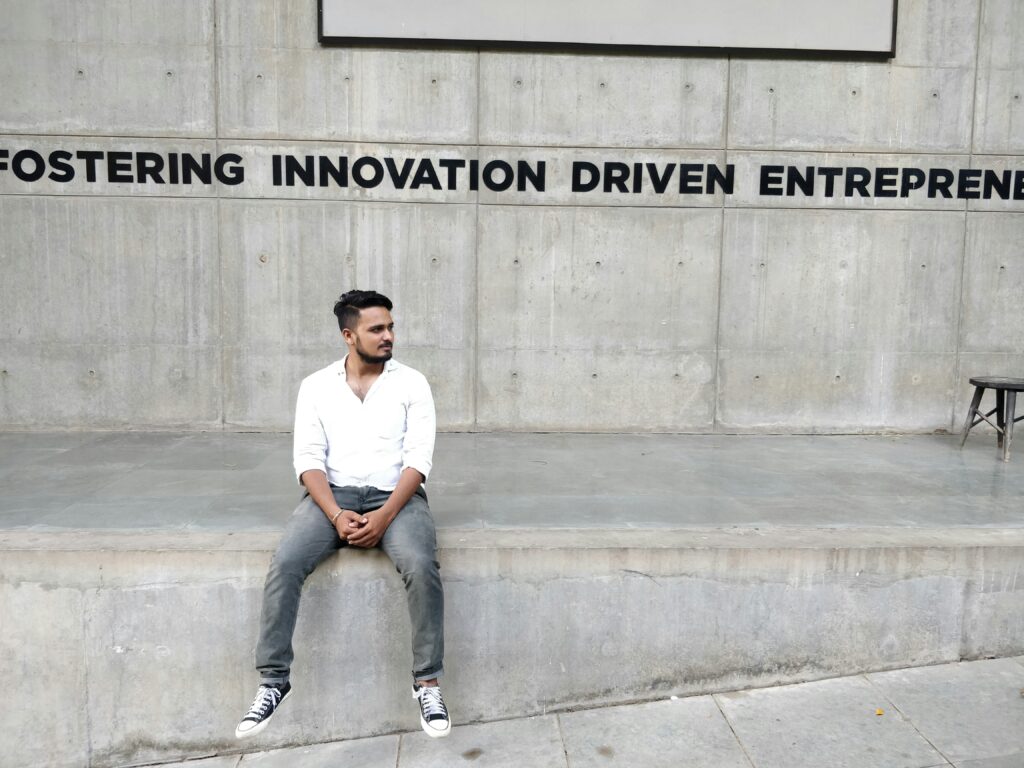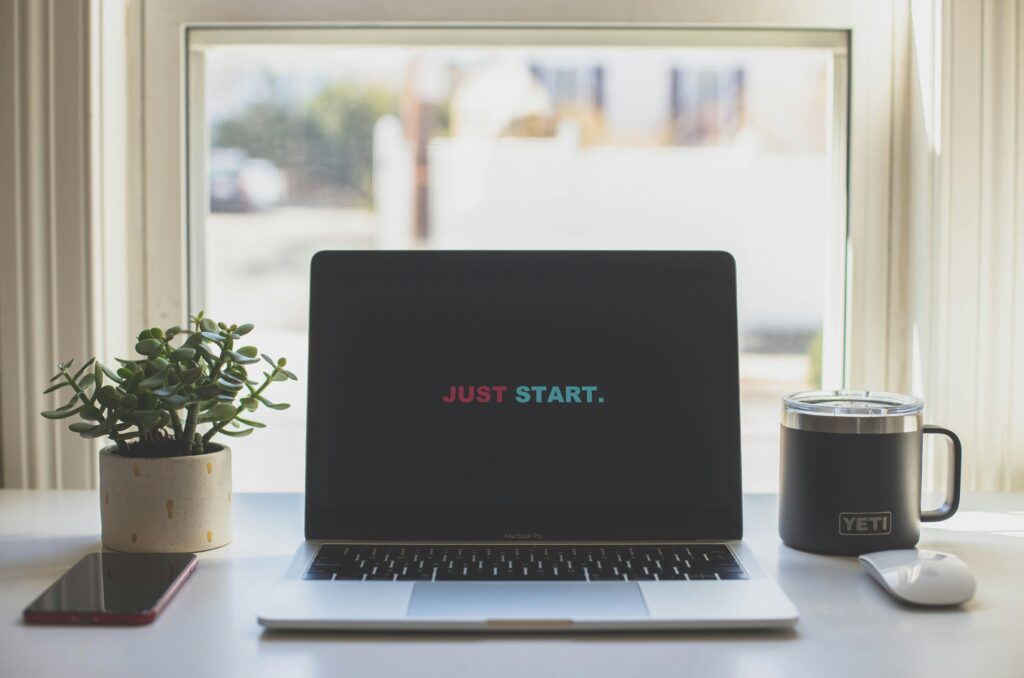The dream of launching your own Software as a Service (SaaS) platform can be incredibly alluring. The promise of recurring revenue, solving real-world problems, and building a scalable business is a powerful motivator. However, the traditional image of SaaS development often involves significant upfront investment in development teams, infrastructure, and marketing – a daunting prospect for aspiring entrepreneurs with limited or no capital.
But what if we told you that building a successful SaaS with no money isn’t just a pipe dream? It’s a tangible possibility, especially when you embrace the principles of the Lean Startup methodology. This isn’t about cutting corners or launching a half-baked product. It’s about smart, iterative development, relentless focus on customer validation, and leveraging every available free or low-cost resource.
This guide will walk you through the Lean Startup path to building your SaaS with minimal financial investment, proving that ingenuity and a customer-centric approach can often outweigh deep pockets.
Embracing the Lean Startup Philosophy
At its core, the Lean Startup methodology, popularized by Eric Ries, emphasizes building a business through validated learning, iterative releases, and a focus on customer feedback. It’s about minimizing waste (especially financial waste) and maximizing learning to build a product that customers truly want. This philosophy is perfectly suited for bootstrapping a SaaS venture.
The key tenets of the Lean Startup that we’ll leverage are:
- Build-Measure-Learn: Instead of spending months (and fortunes) building a perfect product behind closed doors, you’ll focus on quickly launching a Minimum Viable Product (MVP), measuring its performance with real users, and learning from their feedback to inform future iterations.
- Validated Learning: Every effort should be geared towards gaining actionable insights about your target audience and their needs. Customer interviews, surveys, and analyzing usage data become your primary sources of truth, not assumptions.
- MVP (Minimum Viable Product): Your initial product will be a stripped-down version with just enough features to solve a core problem for your early adopters and allow you to gather valuable feedback. Think “essential functionality,” not “feature-rich platform.”
- Pivot or Persevere: Based on the validated learning, you’ll need to be agile enough to either pivot (change your strategy or product direction) or persevere with your current path. This adaptability is crucial when resources are scarce.

The Step-by-Step Lean Path to Your Zero-Budget SaaS
Here’s a practical roadmap for building your SaaS without breaking the bank:
1. Identify a Burning Problem (and a Niche Audience):
Forget trying to build the next Facebook or Salesforce right away. Start small and focused. Identify a very specific problem faced by a well-defined niche audience. The more acute the pain point, the more likely people will be to try (and even pay for, eventually) a simple solution.
- Think Micro-SaaS (Revisited): As discussed previously, Micro-SaaS aligns perfectly with the “no money” approach. It allows you to focus your limited resources on solving a specific problem for a specific group.
- Scratch Your Own Itch: What frustrations do you face regularly? Chances are, others in a similar situation feel the same way.
- Listen to Online Communities: Forums, subreddits, and industry-specific groups are goldmines for identifying unmet needs and pain points.
2. Validate Your Idea (Without Writing a Single Line of Code):
Before you even think about development, you need to validate that your problem is real and that people are actively seeking a solution.
- Talk to Potential Customers: Reach out to people in your target audience. Conduct interviews (via free video calls or even email) to understand their pain points, current workarounds, and willingness to try a potential solution. Aim for at least 10-20 in-depth conversations.
- Create Mockups and Prototypes (Using Free Tools): Use free tools like Figma, Canva, or even Google Slides to create basic mockups or low-fidelity prototypes of your proposed solution. Show these to your potential customers and gather feedback.
- Run a Landing Page Experiment: Create a simple landing page (using free platforms like Carrd, Strikingly, or even a free tier of a website builder) describing your proposed SaaS and its benefits. Gauge interest by collecting email sign-ups or even pre-orders (be transparent about the pre-development stage).
3. Build Your Minimum Viable Product (MVP) Leanly:
This is where the “no money” aspect requires creativity and resourcefulness.
- No-Code/Low-Code Platforms: Explore the power of no-code and low-code platforms like Bubble, Adalo, Webflow, Glide, and Zapier. These tools allow you to build functional web applications with minimal or no traditional coding. Many offer free tiers or affordable starter plans.
- Leverage Free or Open-Source Tools: Utilize free and open-source software for your tech stack wherever possible (e.g., PostgreSQL for databases, Python/Django or Node.js for backend if you have some coding skills or can find a willing, equally bootstrapping technical co-founder).
- Focus on the Core Functionality: Resist the urge to add “nice-to-have” features. Your MVP should address the single most critical problem you identified during validation.
- Consider a “Concierge MVP”: For complex problems, you might even start with a manual solution that simulates the core functionality of your SaaS. This allows you to learn and iterate before investing in full automation.
4. Launch and Measure (With Free Analytics):
Once your MVP is ready, it’s time to get it in front of your early adopters.
- Target Your Initial Audience: Focus your launch efforts on the people you interviewed and those who signed up on your landing page.
- Utilize Free Marketing Channels: Leverage social media, relevant online communities, content marketing (blogging on free platforms like Medium or LinkedIn), and personal outreach to get the word out.
- Implement Free Analytics Tools: Integrate free analytics platforms like Google Analytics to track user behavior, identify bottlenecks, and understand how people are interacting with your MVP.
5. Learn and Iterate (Based on Real User Feedback):
This is the crucial “Measure-Learn” phase.
- Actively Solicit Feedback: Talk to your early users constantly. Ask them what they like, what they don’t like, and what they wish the product could do.
- Analyze Your Data: Use the analytics data to understand how users are actually using your product, not just what they say.
- Prioritize Based on Value and Effort: When deciding on the next features to build, focus on those that will provide the most value to your users with the least amount of effort (given your limited resources).
- Pivot if Necessary: If the data and feedback suggest that your initial assumptions were wrong, be prepared to pivot your product or even your target audience. This is not failure; it’s learning.
6. Gradually Monetize (When You Provide Real Value):
The goal is to eventually generate revenue, but don’t rush this step. Focus on providing significant value to your users first.
- Freemium Model: Offer a basic free plan with limited features and a paid plan with more advanced capabilities.
- Tiered Pricing: Offer different pricing tiers based on usage, features, or team size.
- Value-Based Pricing: Price your SaaS based on the value it provides to your customers (e.g., time saved, increased efficiency, revenue generated).
- Look for “Micro-Transactions” or Add-ons: Explore small, value-added features that users might be willing to pay a small fee for.
7. Continue to Grow Leanly:
Even as you start generating revenue, maintain a lean mindset.
- Reinvest Wisely: Reinvest profits strategically, focusing on the features and marketing efforts that have the biggest impact.
- Seek Organic Growth: Continue to leverage free or low-cost marketing channels like content marketing, SEO (if applicable), and community building.
- Consider Strategic Partnerships: Collaborate with other startups or businesses in your niche to reach a wider audience.
The Challenges and How to Overcome Them
Building a SaaS with no money is challenging, and you’ll likely face hurdles:
- Limited Time and Resources: You’ll need to be incredibly efficient with your time and prioritize ruthlessly. Focus on the 20% of effort that yields 80% of the results.
- Technical Limitations (If Non-Technical): If you lack technical skills, you’ll need to learn no-code tools or find a technical co-founder who shares your vision and is willing to bootstrap.
- Marketing Constraints: Free marketing requires time and effort. Be prepared to be creative and persistent in your outreach.
- Competition: Even in niche markets, you’ll likely face some competition. Focus on providing superior value and a better user experience.
- Burnout: Building a startup is demanding, especially with limited resources. Prioritize self-care and celebrate small wins to stay motivated

Photo by Dayne Topkin on Unsplash
The Reward: Building Something Meaningful (and Potentially Profitable)
Building a SaaS with no money is a testament to your resourcefulness, dedication, and understanding of your target audience. While it requires more sweat equity than financial investment, the reward is the satisfaction of building something valuable from the ground up, validated by real users, and with the potential for sustainable growth. The Lean Startup path provides a framework for navigating this challenging but ultimately rewarding journey. So, if you have a compelling idea and the drive to make it happen, don’t let a lack of funds hold you back. Embrace the lean approach and start building!

